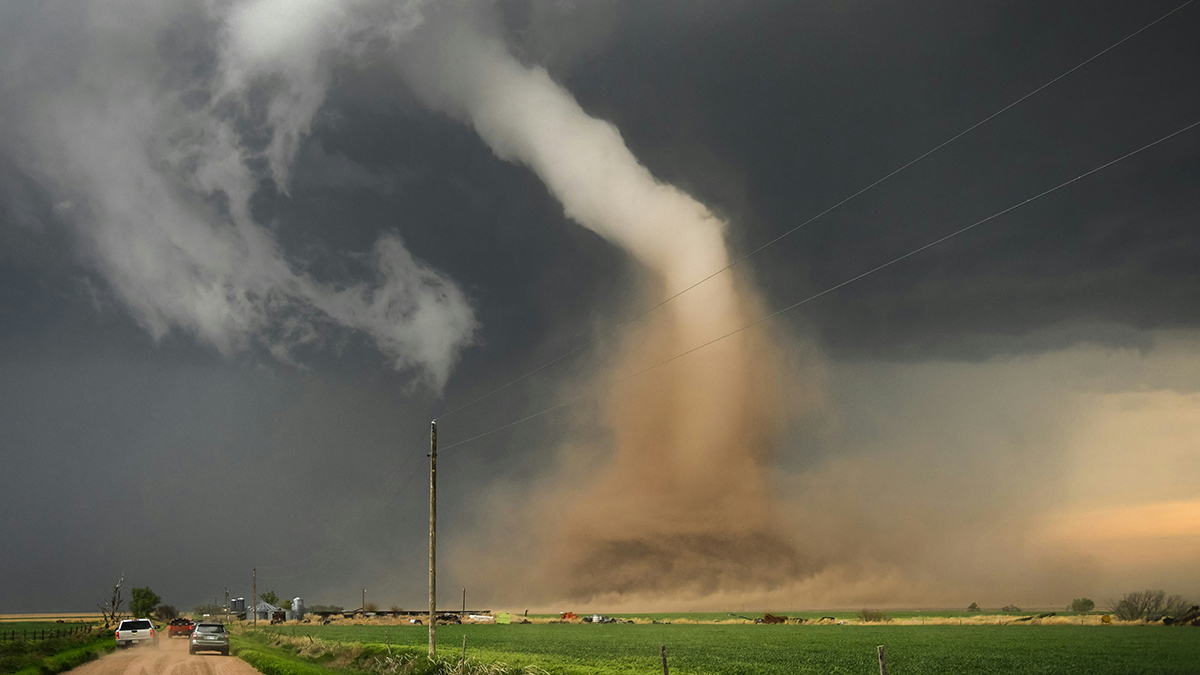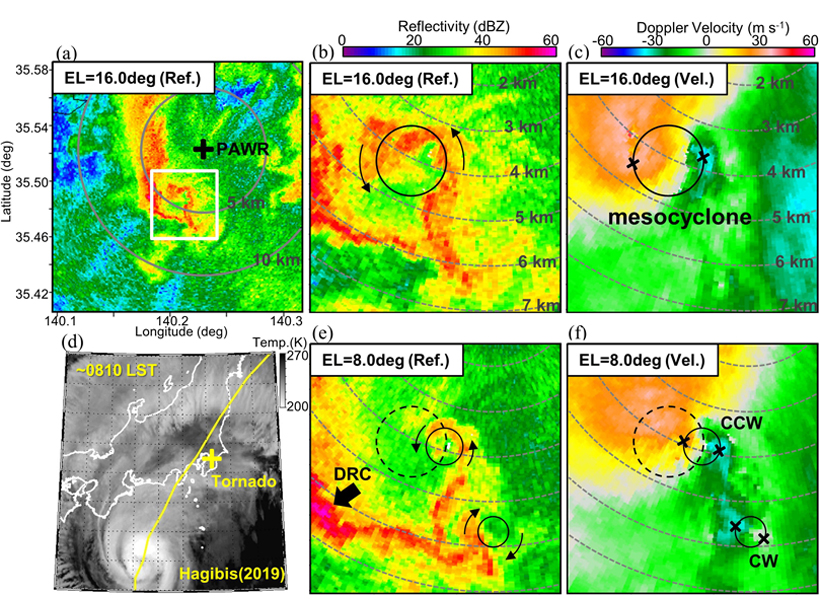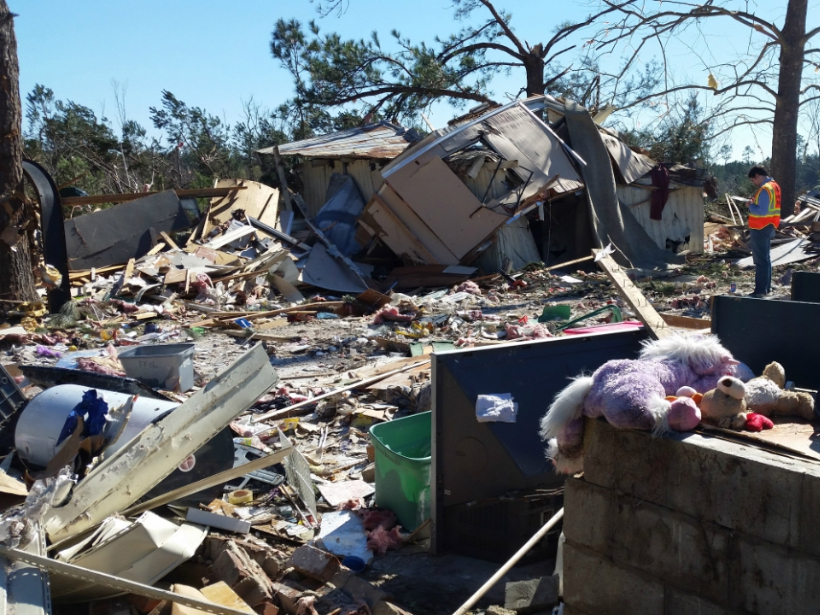Researchers pinpointed the riskiest events in terms of lightning and tornado exposure by mining data from more than 16,000 large outdoor gatherings.
tornadoes
A New Tornado Database Helps Researchers Worldwide
Thanks to unique geography and atmospheric conditions, the United States is a tornado hot spot, but these deadly whirlwinds also hit Africa, Asia, and Latin America.
The Surprising Factor Making the United States a Tornado Hot Spot
The roughness of terrain far upstream of where tornadoes occur can affect their formation. It could be what drives the contrast in tornado activity between North and South America.
Is It Climate Change? Americans Mostly Say Yes
Most Americans think climate change plays some role in creating extreme weather, though their perceptions didn’t always align with scientists’.
Foundations in Hazards and Disasters for Undergraduate Students
A new textbook for undergraduates explores different types of natural hazards and disasters through foundational scientific knowledge, engaging case studies, and mitigation strategies.
Jen Walton: Chaser of Storms and Lava
Walton founded Girls Who Chase to promote women in STEM.
Tornadoes’ Fastest Winds Howl Close to the Ground
Radar data from storm-tracking scientists reveal that twisters’ winds churn 30% faster near Earth’s surface than above 100 meters, where measurements usually are taken.
A Hotter Earth Means Stronger Tornadoes
Although their frequency may decrease, models suggest anthropogenic climate change will increase the intensity of tornado outbreaks.
Radar Observations of a Tornado Associated with Typhoon Hagibis
Analysis of tornadogenesis processes on a shallow supercell associated with Typhoon Hagibis using finely resolved rapid-scan radar observations at a very close range.
Tornado Warnings Don’t Adequately Prepare Mobile Home Residents
A survey of the southeastern United States shows that nearly half of mobile home residents don’t know where to shelter during a tornado, and many aren’t getting the resources they need to survive one.










